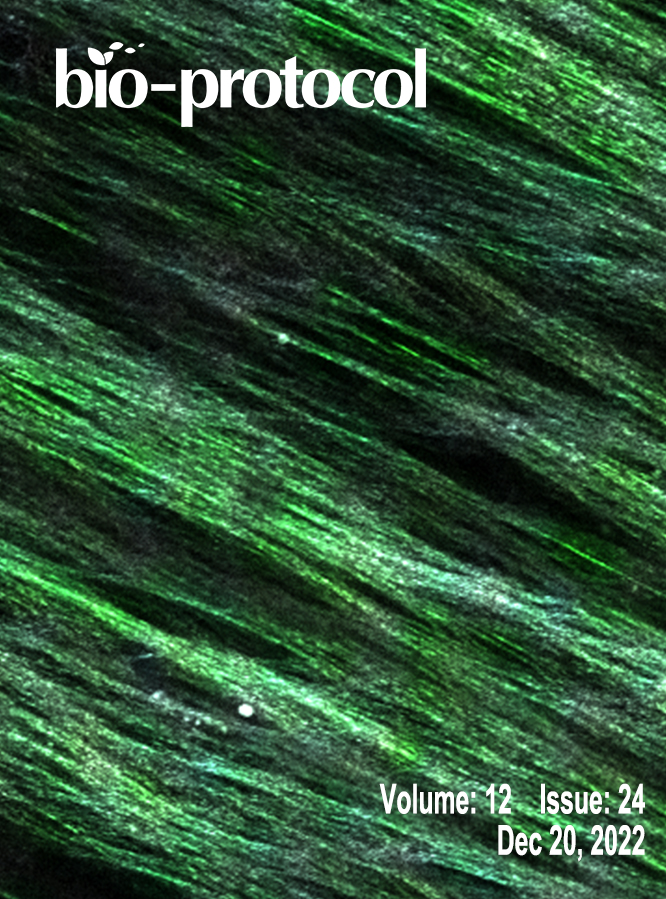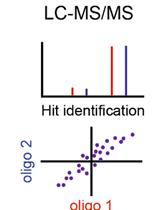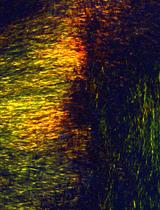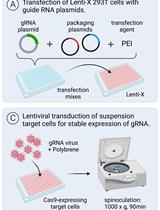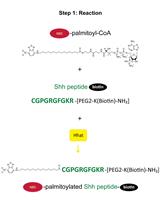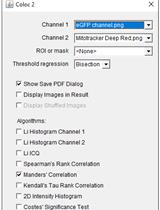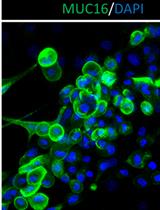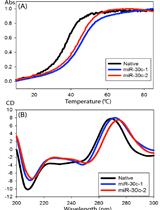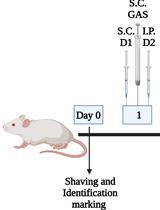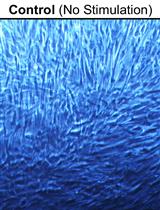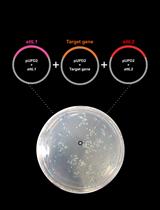往期刊物2022
卷册: 12, 期号: 24
生物化学
Single Oligonucleotide Capture of RNA And Temperature Elution Series (SOCRATES) for Identification of RNA-binding Proteins
用于鉴定 RNA 结合蛋白的 RNA单寡核苷酸捕获和温度洗脱系列 (SOCRATES)
癌症生物学
Cell-derived Matrix Assays to Assess Extracellular Matrix Architecture and Track Cell Movement
评估细胞外基质结构和跟踪细胞运动的细胞衍生基质试验
Arrayed CRISPR/Cas9 Screening for the Functional Validation of Cancer Genetic Dependencies
用于癌症遗传依赖性功能验证的阵列式 CRISPR/Cas9 筛选
A Direct in vitro Fatty Acylation Assay for Hedgehog Acyltransferase
猬酰基转移酶的直接体外脂肪酰化测定
细胞生物学
Monitoring Mitochondrial Protein Import Using Mitochondrial Targeting Sequence (MTS)-eGFP
使用线粒体靶向序列 (MTS)-eGFP 监测线粒体蛋白导入
Isolation and Expansion of Primary Conjunctival Stem Cells (CjSCs) from Human and Rabbit Tissues
从人和兔组织中分离和扩增原代结膜干细胞 (CjSCs)
药物发现
Synthesis of Novel MicroRNA-30c Analogs to Reduce Apolipoprotein B Secretion in Human Hepatoma Cells
合成新型 MicroRNA-30c 类似物以减少人肝癌细胞中载脂蛋白 B 的分泌
微生物学
PERK Pathway Inhibitors Cure Group A Streptococcal Necrotizing Fasciitis in a Murine Model
PERK 通路抑制剂可治愈小鼠模型中的 A 组链球菌坏死性筋膜炎
Stimulation of Human Periodontal Ligament Fibroblasts Using Purified Dentilisin Extracted from Treponema denticola
用从密螺旋体中纯化提取的牙本质素刺激人牙周韧带成纤维细胞
分子生物学
Faster Bacterial Gene Cloning Using the Brick into the Gateway (BiG) Protocol
使用Brick into the Gateway (BiG) 实验方法快速克隆细菌基因
植物科学
Profiling of Single-cell-type-specific MicroRNAs in Arabidopsis Roots by Immunoprecipitation of Root Cell-layer-specific GFP-AGO1
通过根细胞层特异性 GFP-AGO1 的免疫沉淀分析拟南芥根中单细胞类型特异性 MicroRNAs


